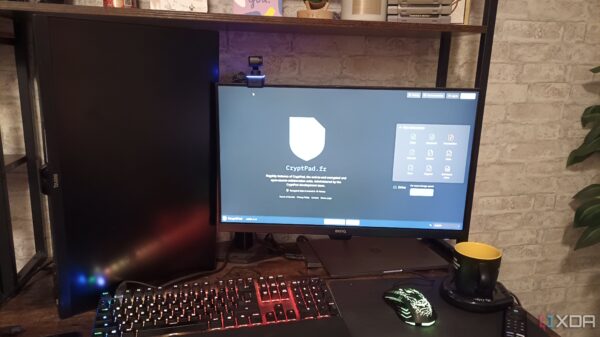A critical vulnerability has been identified in the SquirrellyPHP templating engine, which could allow attackers to execute arbitrary code remotely due to unaltered default user credentials. This flaw highlights the urgent need for improved security practices among developers using this widely adopted PHP tool in their web applications.
Understanding SquirrellyPHP and Its Popularity
SquirrellyPHP is favored for its performance and user-friendly design, enabling developers to create dynamic web applications efficiently. Its straightforward syntax and minimal configuration requirements have contributed to its growing adoption. Nonetheless, the reliance on default settings poses significant security risks, particularly when it comes to user credentials.
The vulnerability arises when developers deploy SquirrellyPHP without changing the pre-set login information. Many may overlook this crucial step during the initial phases of application development, leaving their systems vulnerable to unauthorized access.
Exploitation Techniques and Consequences
Attackers can exploit this vulnerability through several methods. Common techniques include:
– **Brute Force Attacks**: Using automated tools to try various combinations of usernames and passwords until access is gained.
– **Phishing and Social Engineering**: Tricking developers or administrators into revealing default credentials.
– **Configuration Scans**: Employing tools that scan servers for applications running with known vulnerabilities, including default credentials.
Once hackers gain access, they can execute arbitrary code, leading to severe consequences such as data breaches, service disruptions, and complete control over compromised servers.
The implications of this vulnerability are considerable. Organizations may face:
– **Data Breaches**: Unauthorized access can expose sensitive information, resulting in legal and financial repercussions.
– **Service Interruptions**: Attackers can disrupt crucial services, causing downtime that affects business operations and customer satisfaction.
– **Reputational Damage**: Following a security breach, companies can suffer significant harm to their reputation, which can erode customer trust and loyalty.
Proactive Mitigation Strategies
To counteract this vulnerability, organizations should adopt several best practices:
1. **Change Default Credentials**: Immediately alter default user credentials upon installation. Implementing a strong password policy is essential, ensuring passwords are complex and unique to the application.
2. **Regular Security Audits**: Conduct routine security assessments of web applications to identify and address vulnerabilities. Utilizing security tools can streamline this process and help organizations remain vigilant against emerging threats.
3. **Implement Restricted Access**: Limit administrative access based on the principle of least privilege. Only trusted system administrators should have access to sensitive application areas.
4. **Keep Software Updated**: Ensure that SquirrellyPHP and any other associated libraries or frameworks are regularly updated. Developers should monitor for security patches and implement them promptly to safeguard against known vulnerabilities.
5. **Use Web Application Firewalls (WAFs)**: Deploying a WAF can effectively monitor incoming traffic and block malicious requests before they reach the application, providing an additional layer of security against exploitation attempts.
This incident involving SquirrellyPHP serves as a stark reminder of the critical importance of cybersecurity hygiene in application development. Organizations must prioritize security from the outset, implementing robust mitigation strategies to protect their web applications from exploitation. As cyber threats continue to evolve, maintaining a proactive stance is vital for safeguarding digital assets.






































































